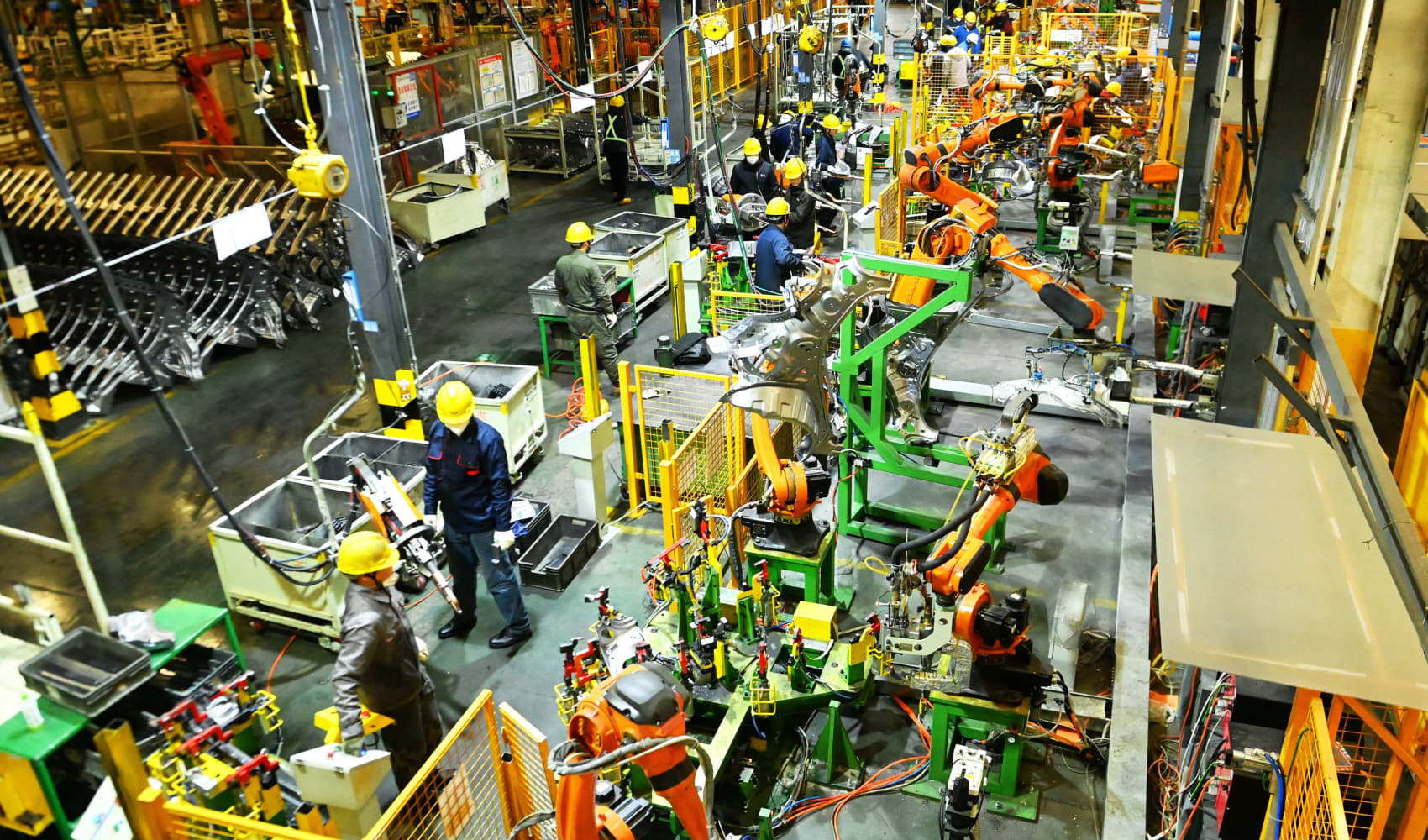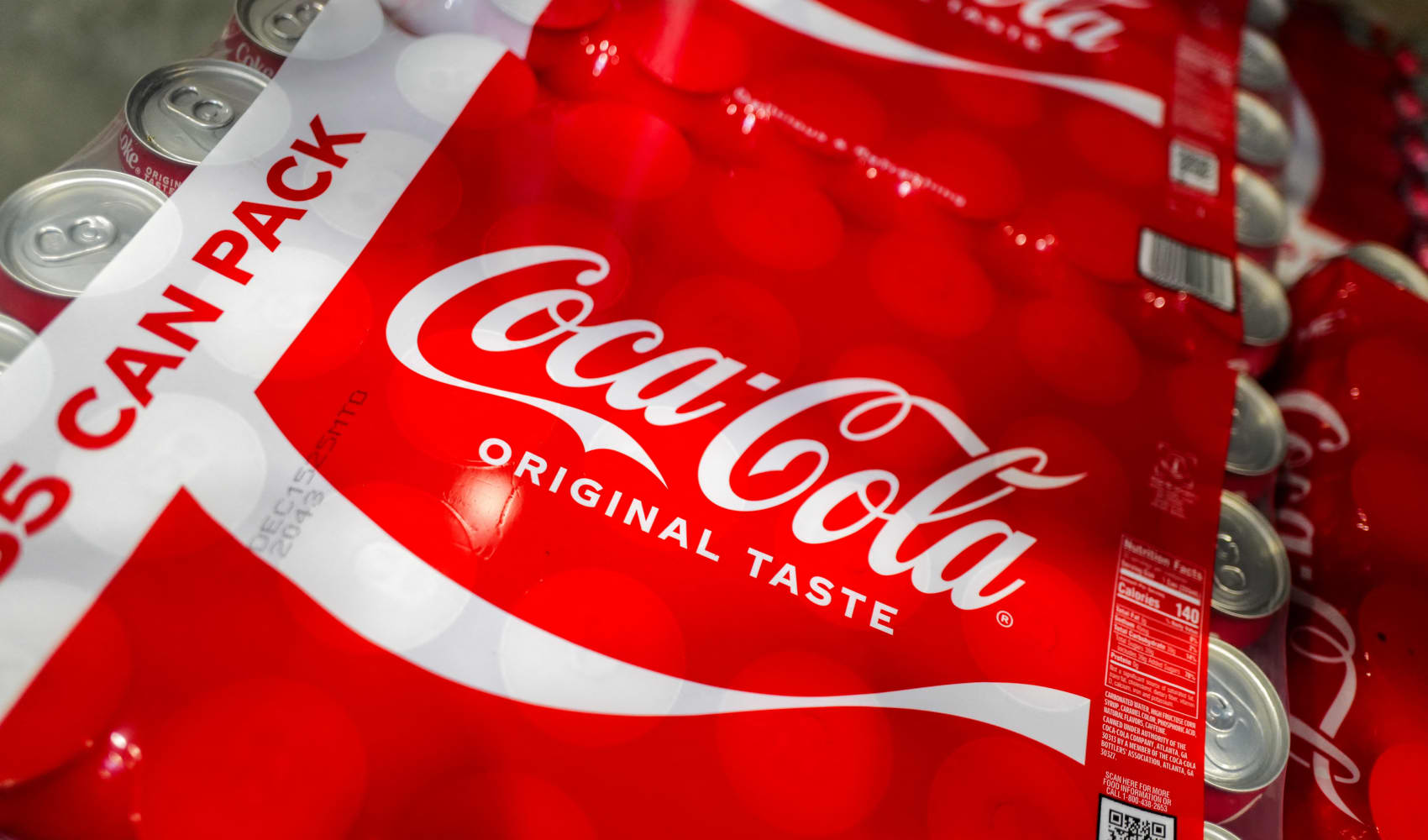Automakers Win? Trump May Ease Up on Tariffs!
Trump's Tariff U-Turn? Automakers May Get a Break!
Introduction: A Potential Respite for the Auto Industry
Is the trade war cooling down? It appears so, at least for the automotive industry. According to a White House confirmation via CNBC's Eamon Javers, President Donald Trump is reportedly considering exemptions for automakers from some of the tariffs his administration previously announced. This news is a potential game-changer, signaling a possible shift in trade policy.
The Financial Times Scoop: Auto Parts Exemptions on the Horizon?
This consideration follows a Financial Times report suggesting that Trump is planning to exempt auto parts from tariffs on imports from China. These tariffs were initially imposed to combat fentanyl production, as well as on steel and aluminum. Could this be a strategic retreat, or a calculated move to alleviate pressure on a vital sector of the American economy?
Automotive Industry Unites: A Powerful Lobbying Effort
What's particularly interesting is that six of the top policy groups representing the U.S. automotive industry uncharacteristically joined forces to lobby the Trump administration against implementing the upcoming tariffs on auto parts. This united front underscores the severity of the potential impact of these tariffs on the industry. Think of it as a well-coordinated symphony, all instruments playing the same tune of economic concern.
Why the Exemptions Matter: A Deep Dive
So, why are these potential exemptions so significant? Let's break it down:
Impact on Auto Manufacturing Costs
Tariffs, in essence, are taxes on imported goods. When auto parts become more expensive due to tariffs, the cost of manufacturing vehicles in the U.S. increases. This can lead to higher prices for consumers, reduced competitiveness for American automakers, and potentially job losses. Exemptions would alleviate these cost pressures.
Effects on Global Supply Chains
The automotive industry relies heavily on intricate global supply chains. Parts are sourced from all over the world, and tariffs disrupt these established networks. Exemptions could help maintain the efficiency and stability of these vital supply chains. Imagine trying to build a car with missing pieces; that's what tariffs can do to the automotive supply chain.
Competitive Advantage and Disadvantage
If U.S. automakers are subject to tariffs while their international competitors are not, they face a significant disadvantage. Exemptions would level the playing field, allowing American companies to compete more effectively in the global market. A tariff-free environment fosters innovation and healthy competition.
The Fentanyl Connection: A Complex Motive
The initial tariffs on Chinese goods were partly aimed at curbing the flow of fentanyl into the U.S. The fact that auto parts are now being considered for exemption suggests a possible reassessment of this strategy. Is the administration prioritizing economic concerns over the fentanyl issue, or are there alternative approaches being considered to address the drug crisis?
Steel and Aluminum Tariffs: The Broader Picture
The potential exemption for auto parts also raises questions about the future of tariffs on steel and aluminum. Are these tariffs proving to be more harmful than beneficial? Could this be the beginning of a broader rollback of trade restrictions? Only time will tell if this is an isolated case or part of a larger trend.
Political Considerations: A Balancing Act
Trade policy is never purely economic; it's also deeply political. The Trump administration is likely weighing various factors, including pressure from the automotive industry, concerns about job losses, and the potential impact on the economy, as well as the political optics of backtracking on previous policies. It's a delicate balancing act. The decision is influenced by political strategy and economic realities.
Consumer Impact: Will Car Prices Drop?
One of the most important questions is: what does this mean for consumers? If automakers are granted tariff exemptions, will they pass the savings on to buyers? While there's no guarantee, it's certainly possible that car prices could become more competitive as a result. Consumers might see lower prices or increased value in new vehicles.
Industry Reaction: A Sigh of Relief?
The automotive industry is likely breathing a collective sigh of relief at this news. However, it's important to remember that this is still just a consideration. Nothing is set in stone yet. The industry remains cautiously optimistic.
The Future of Auto Manufacturing in the U.S.
The U.S. auto industry has faced numerous challenges in recent years, from economic downturns to technological disruptions. Tariff exemptions could provide a much-needed boost, helping to ensure that the U.S. remains a major player in the global automotive market. A strong auto industry means jobs, innovation, and economic growth.
Potential Drawbacks: Are There Any Downsides?
While tariff exemptions are generally seen as positive for the automotive industry, there could be some potential drawbacks. For example, some argue that tariffs are necessary to protect domestic industries and promote American manufacturing. Relaxing tariffs could be seen as undermining these goals. There are arguments on both sides of the issue.
Alternatives to Tariffs: Exploring Other Solutions
Are there alternatives to tariffs that could achieve the same objectives without the negative consequences? Some possibilities include negotiating trade agreements, providing incentives for domestic manufacturing, and investing in workforce development. Creative solutions are needed to address trade imbalances.
Trump's Evolving Trade Policies: A Pattern of Change?
President Trump's trade policies have been characterized by a willingness to challenge the status quo and disrupt established norms. This potential exemption for automakers could be seen as part of a broader pattern of evolving trade policies. It's a constantly shifting landscape. His approach to trade is dynamic and often unpredictable.
The Global Implications: How Will Other Countries React?
Any changes to U.S. trade policy have global implications. Other countries will be closely watching to see how these potential exemptions play out and whether they signal a broader shift in U.S. trade strategy. The world is interconnected, and trade policies affect everyone.
Conclusion: A Moment of Uncertainty and Opportunity
In conclusion, the possibility of tariff exemptions for automakers represents a significant development in the ongoing trade saga. While uncertainty remains, this news offers a glimmer of hope for the automotive industry and a potential opportunity to strengthen its competitiveness in the global market. The key takeaways are that potential exemptions could lower manufacturing costs, stabilize supply chains, and benefit consumers. However, the final decision rests with the Trump administration, and the situation remains fluid. Keep your eyes peeled!
Frequently Asked Questions
- Why are automakers lobbying against tariffs?
Automakers are lobbying against tariffs because they increase the cost of imported auto parts, which raises manufacturing costs and can lead to higher car prices for consumers, impacting sales and profitability.
- How could these tariff exemptions affect consumers?
If automakers receive tariff exemptions, they might pass the savings on to consumers, potentially leading to lower car prices and increased affordability.
- What are the potential drawbacks of tariff exemptions?
Some argue that tariff exemptions could undermine domestic industries by making imported goods more competitive, potentially reducing American manufacturing and job growth in specific sectors.
- Are these exemptions guaranteed?
No, these exemptions are not guaranteed. The White House has confirmed that President Trump is *considering* them, but a final decision has not been made.
- What other factors could influence this decision?
Political considerations, ongoing trade negotiations with China, the administration's overall trade strategy, and the potential impact on the fentanyl crisis could all influence President Trump's decision.



